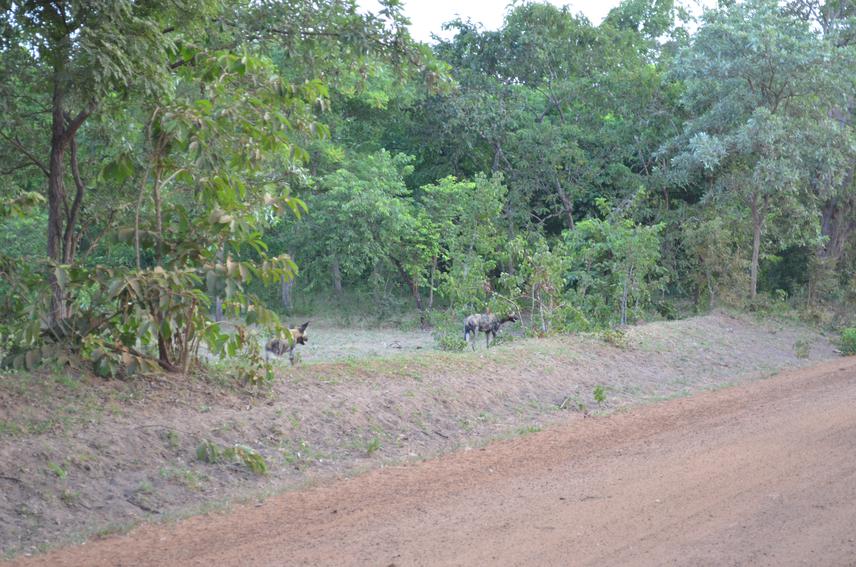Article featuring the project.
Deogratias Gervas Katwana
Other projects
31 May 2024
Moving From Lethal Control to Coexistence Through Socio-ecological Approaches; Enhancing Human-carnivore Coexistence in the Selous-nyerere Ecosystem (Sne) - South-eastern Tanzania
Human-Large Carnivore Conflict (HLCC), particularly over livestock depredation is arguably one of the most pressing conservation issues across sub-Saharan Africa, including Tanzania (Kissui, 2008; Thorn et al., 2013; Hemson et al., 2009). Despite the country having a large network of protected areas (32.5%), HLCC is a serious management issue facing wildlife management authorities today. Human-carnivore conflict in Tanzania is determined by both human and carnivore behaviour. The general ecology of carnivores, such as social status, habitat use, and hunting strategies, may influence their predisposition to livestock depredation (Elliot et al., 2014; Loveridge et al., 2017). On the other hand, human behaviours such as livestock husbandry, which can be deconstructed into herding practices and the structure of livestock enclosures (bomas), can determine the likelihood of livestock depredation (Ogada et al., 2003). The carnivore population in the Selous-Nyerere ecosystem (SNE) is unfenced and surrounded by semi-protected areas such as Open Areas (OAs), Wildlife Management Areas (WMAs), Forest Reserves (FRs) and extensive open wilderness village lands that are largely used by the nominal population for dispersal. But human population growth and changing land use (Introduction of pastoralism) place constraints on large carnivore dispersal ecology, potentially affecting the population through the hard-edge effect.

The main question is on the present suitability of the Open areas, Wildlife management areas and Forest reserves for carnivore dispersal ecology under ongoing population pressures and changing land use in the ecosystem. It is hypnotized that both human population increase, and land-use change have negatively affected carnivore dispersal by aggravating human-carnivore conflicts in time and space. Given that the shared landscapes often represent a vital part of their remaining geographic distribution (Di Minin et al., 2016), the eradication of large carnivore species from the area may threaten their conservation. Despite this, the need for the conservation of large carnivores in proximity to human populations often generates intense debate, with a key point of contention being whether, and to what degree, the negative impacts humans and large carnivores have on each other can be sufficiently minimized (Carter & Linnel, 2016).
This study, therefore, will present information on (i) Understanding the social and economic impacts of human-carnivore conflicts in the study area (ii) Identifying human and landscape factors that influence human-carnivore conflicts (iii) Determining local community behaviour in response to human-carnivore conflicts in the study area, and (iv) Identifying areas with high human-carnivore conflict incidences for suggesting proper and practical mitigation measures.